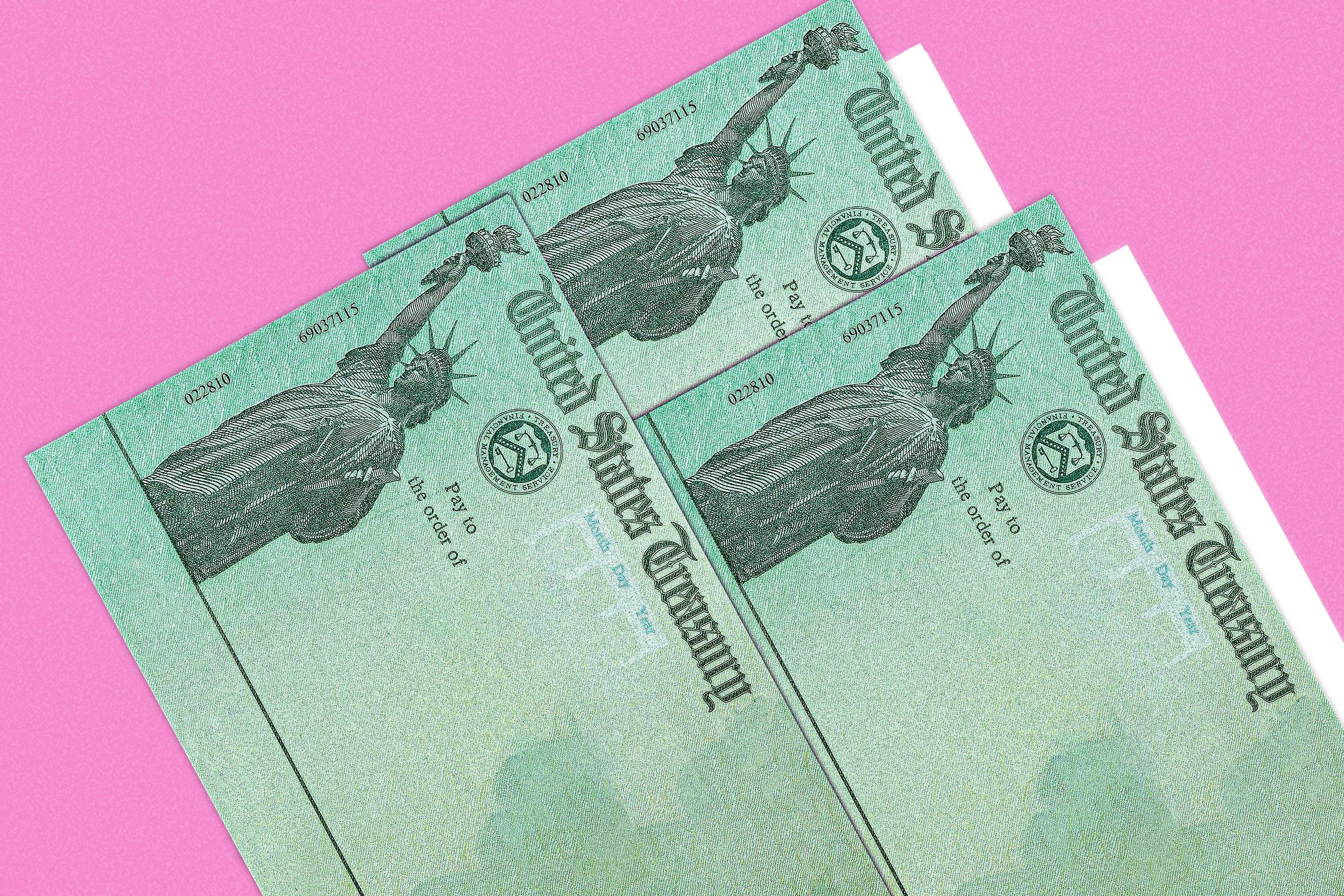Social Security Overpayment Clawback Rules Change Again

The Trump administration has announced a significant policy shift regarding Social Security overpayments, reintroducing a 50% clawback rate. This means that the government can now withhold up to half of a recipient’s monthly benefit to recover overpaid funds. This decision comes after the Biden administration had previously lowered the clawback rate to 10%, citing the financial vulnerability of many beneficiaries.
Earlier this year, there was a brief and controversial period under the Trump administration where the Social Security Administration implemented a 100% clawback rate, leading to public outcry and reports of retirees receiving $0 checks. The new 50% rule is being presented as a compromise, but it still raises concerns among advocates and recipients alike.
A Social Security overpayment occurs when the Social Security Administration sends someone more money than they were technically eligible to receive. This most commonly affects beneficiaries of Social Security Disability Insurance (SSDI) and Supplemental Security Income (SSI). Overpayments can occur due to changes in income, marital status, or disability status that were not reported promptly, or simply due to mistakes made by the SSA.
Under the current 50% clawback rule, if the SSA determines that you were overpaid, they can withhold 50% of your monthly benefit until the full amount is recovered. This is a reduction from the previous 100% clawback rate that left many individuals without any income. While the new policy is meant to strike a balance, critics argue that it still imposes significant hardship on people living on fixed incomes.
If you receive a Social Security overpayment notice, it is important to act quickly. Read the letter carefully to understand why the overpayment occurred and how much is owed. You have the right to challenge the overpayment if you believe it was a mistake or if you cannot afford the repayment terms. Responding promptly can help protect your benefits.
The controversy lies in whether it is fair to ask people to repay Social Security years later, especially when the overpayment was not their fault. Many recipients are unable to repay the overpayment, as the money may have already been spent. Democrats in the House of Representatives have introduced a bill to permanently cap the SSA clawback rate at 10%, but the bill has not progressed further.
While avoiding overpayments entirely may not always be possible, beneficiaries can lower their risk by staying in close contact with the SSA and promptly reporting any changes that might affect eligibility. Keeping thorough records and reviewing benefit statements regularly can also help protect against overpayments.
In conclusion, the reintroduction of the 50% clawback rate for Social Security overpayments has raised concerns among advocates and recipients. It is important for individuals to be aware of their rights and options when faced with an overpayment notice from the SSA.





